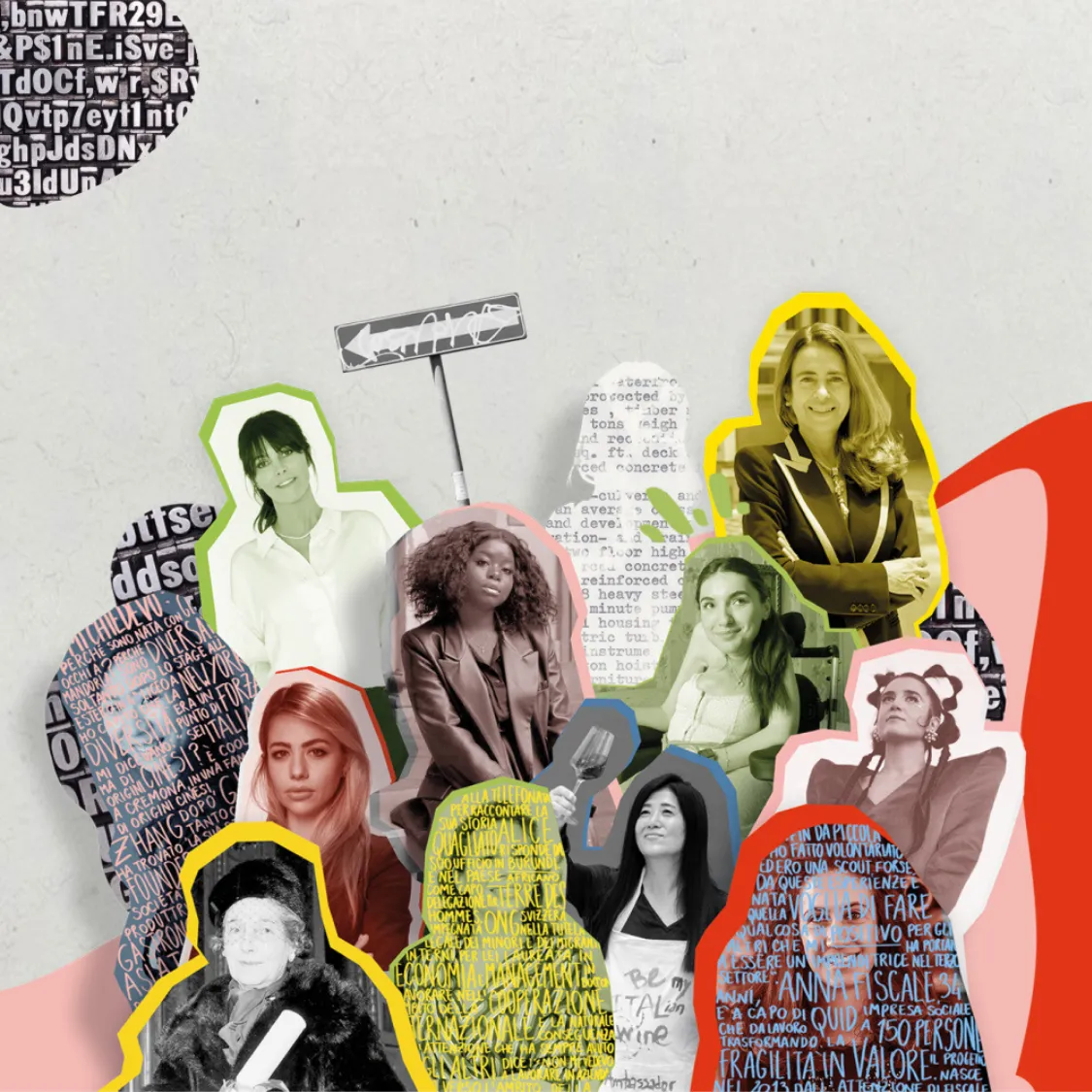
I Have Changed My Life to Change the World
“My life changed in 2016 when we got my daughter’s diagnosis: Leber Congenital Amaurosis (LCA). Vicky is now nine years old and she’s losing her sight; the only hope is research.”
Silvia Cerolini worked for Procter & Gamble (P&G) for 16 years in digital transformation and innovation, anywhere from Geneva to London. A life on the road, with meetings and projects all over the world.
In 2016, things changed. “My husband and I noticed that our daughter couldn’t see properly. At first, we thought it was a solvable problem; I’ve worn glasses since childhood. When the test results came back, it was like a cold shower - it was a rare genetic disease that leads to total blindness.” The feeling was one of shock, along with the fear of not being able to do anything about it. “The diagnosis came when I was pregnant with my second child. The doctors told us that he could also be born with the disease. Even now, I don’t know where I found the strength to go on,” she adds.
Because that is what Cerolini does, she goes on, she and her husband. She told herself that she couldn’t just stand by and do nothing. She says: “I want to be able to look my daughter in the eye forty years from now and tell her that we did everything we could.” So Cerolini read up, studied, tried to find out who could do research on a rare disease that affects three out of 100,000 children. She used all the skills she had developed in business: she created a landscape analysis of everything that was known about the disease, consolidating scientific articles and talking to the world’s leading experts. She launched the crowdfunding project, “Through Vicky’s Eyes,” and organized the first-ever conference on LCA, with the participation of these experts, the support of non-profit organizations and the involvement of the FDA (Food and Drug Administration), the US government body that regulates food and pharmaceuticals. Cerolini published articles in prestigious ophthalmology journals and attended conferences to show how patients can accelerate clinical development for rare diseases. Her story was picked up by newspapers across Europe. Finding a cure became so much a part of her life that she left P&G to join the life sciences industry, becoming Head of Innovation Specialty Care at Sanofi.
Cerolini now serves as CEO of the international organization Eyes on the Future, which brings together around 300 patients with Vicky’s disease from over 20 countries. “We have raised
$4 million and are close to the first clinical trials. It will take a few more years, but the progress is remarkable and our hopes are high,” says Cerolini. “Two things motivate me: seeing how many people have helped us and keep on helping us, and knowing that we can change a corner of the world. Then I always say, I am doing what every mother would do for her daughter: I’m fighting.”
Fighting with the right tools and the right methods. “We are not a traditional charity. The concept is
Venture Philanthropy: financing specific research programs by creating public-private partnerships. It’s based on the model of major players such as Telethon, which we’ve been working with for years.” Cerolini explains that when it comes to developing drugs for rare diseases, the issue is the sustainability of the business for big pharma or biotech giants.
“At a medical level, the technologies are already there. What’s lacking is the commercial sustainability to move forward with clinical development. I feel like I have a Rubik’s Cube in my hand that I would like to solve, but it’s not yet possible.”
And Vicky? Cerolini smiles:
“A force of nature, braver than many children with perfect vision. She’s taught us how to overcome the darkness.
Every day she shows us that, as a blind person, she can do anything. And most importantly, she can be happy.”
